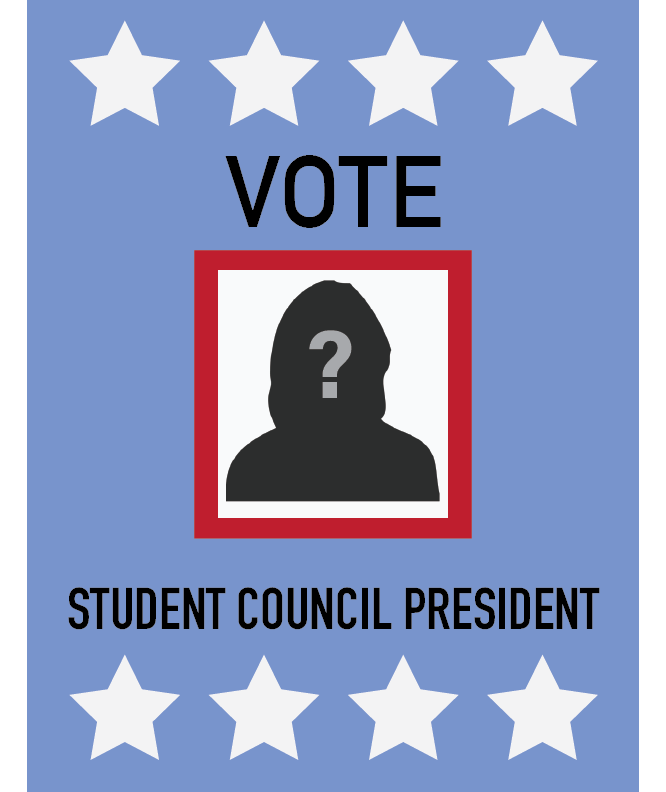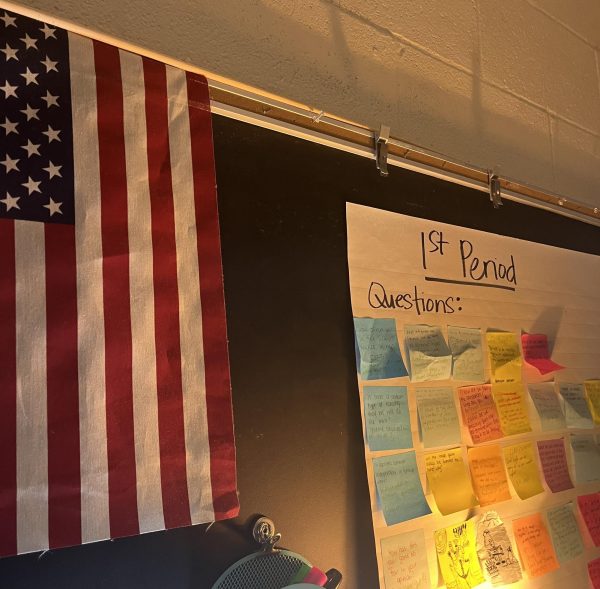History of Our Student Body Government
Cast your ballots.
There is an absence of a student body government at the school.
Student body governments at the high school level have a variety of responsibilities. There has not been a student body government at our school for quite a long time. Many people from the student body wish for a proper student body government at the school.
While every school’s student councils differ, there are some general attributes that a majority of student government organizations share. The most popular of these is a student council president, who is often elected by the students of their school as a representative to administrators, the school board, visitors, etc. There is also the vice president, who often joins the president in representing the student body and/or advises the president when making decisions. Beyond the president and vice president, there are many other jobs taken up by other members of the student government, although these responsibilities and titles vary. Things like organizing funds, setting up fundraisers, arranging meetings and sorting files are just a few of these responsibilities.
The most obvious goal of a student council is to represent the student population of a school and to provide a student’s perspective on decisions happening inside and outside of their school. Beyond that, however, a student council organization provides students with many valuable skills that can aid them later in life. These roles teach students how to manage a leadership position, communicate with others and experience handling a variety of responsibilities at once, along with teaching the rest of the student body the importance of informed voting practices.
In terms of the school, the most recent attempt at a student council was organized by history teacher Mike Brangers. “It probably was in, like, 2003 to 2004. So a long, long, time ago, almost 20 years ago,” Brangers said. The process of beginning it was very simple and majorly student-driven, making sense due to the nature of the organization. “Well I thought it was a need we had at the time, and a few students came to me and expressed interest in having a student council,” Brangers said. The student council Brangers and the students formed included a president, vice president, secretary, and students from each homeroom. Together, these students were the student leadership figureheads of the school.
After around two to three years with this student council, there was a shift. “We had a class that kind of took it over, it was a leadership class, sort of the Student Leadership Action and Mentoring (SLAM) class now, so after the leadership class was established I feel like the need kind of went away and then the people that replaced it were the leaders of the school,” Brangers said. While short-lived, the student council was able to set a precedent for any future student-led leaderships at the school.
While SLAM is still a viable leadership group, many students have expressed the desire for a traditional council elected by their peers. Unlike leadership classes like SLAM, student council positions are voted on by the students themselves, which is much more appealing to some students. “It would be nice since we have more of a say in who leads us, rather than just whoever,” junior Sierra Sutherland said. This sentiment is echoed by Brangers’ experiences. “I feel like students have more input when they elect someone to represent them,” Brangers said.
In conjunction, there are many students that would express interest in running for a student council position if the opportunity presented itself. “I would definitely consider applying for something, maybe not the president, but I have leadership positions in some other classes so I think it would be a good fit,” junior Caitlin Murphy said. In the future, some of the school’s student population like Murphy and Sutherland hope to see the return of a student body government like seen in years past.




